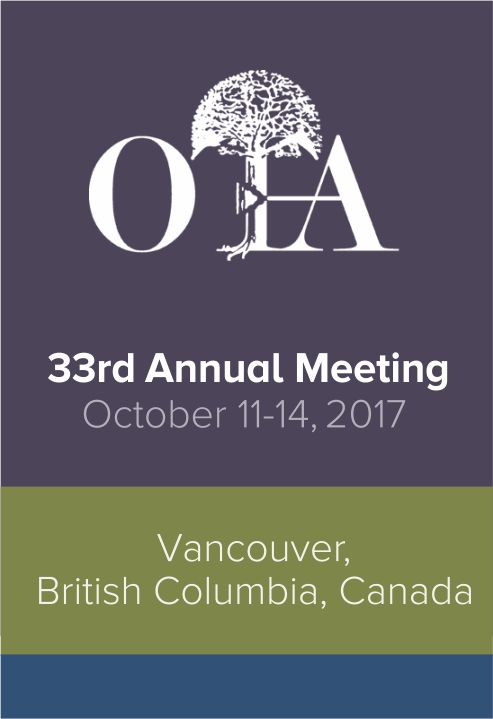
OTA2017: Three fixation methods yield similar 1-year results for displaced distal radius fractures

OTA2017: Three fixation methods yield similar 1-year results for displaced distal radius fractures
A Prospective Randomized Controlled Trial Comparing Open Reduction and Internal Fixation, Non-Spanning External Fixation, and Closed Reduction with Percutaneous Fixation for Dorsally Displaced Distal Radius Fractures
Did you know you're eligible to earn 0.5 CME credits for reading this report? Click Here
CONFERENCE ACE REPORTS
This ACE Report is a summary of a conference presentation or abstract. The information provided has limited the ability to provide an accurate assessment of the risk of bias or the overall quality. Please interpret the results with caution as trials may be in progress and select results may have been presented.
Synopsis
201 patients with dorsally displaced distal radial fractures were included in this trial to compare the outcomes of three different surgical fixation methods. Patients were randomized to closed reduction and percutaneous pinning (CRPP), non-spanning external fixation (NSEF), or open reduction and internal fixation with a volar locking plate (ORIF). Functional outcomes were measured over a 1 year f...
To view the full content, login to your account,
or start your 30-day FREE Trial today.
FREE TRIAL
LOGIN
Forgot Password?
Explore some of our unlocked ACE Reports below!

Learn about our AI Driven
High Impact Search Feature
Our AI driven High Impact metric calculates the impact an article will have by considering both the publishing journal and the content of the article itself. Built using the latest advances in natural language processing, OE High Impact predicts an article’s future number of citations better than impact factor alone.
Continue



 LOGIN
LOGIN

Join the Conversation
Please Login or Join to leave comments.